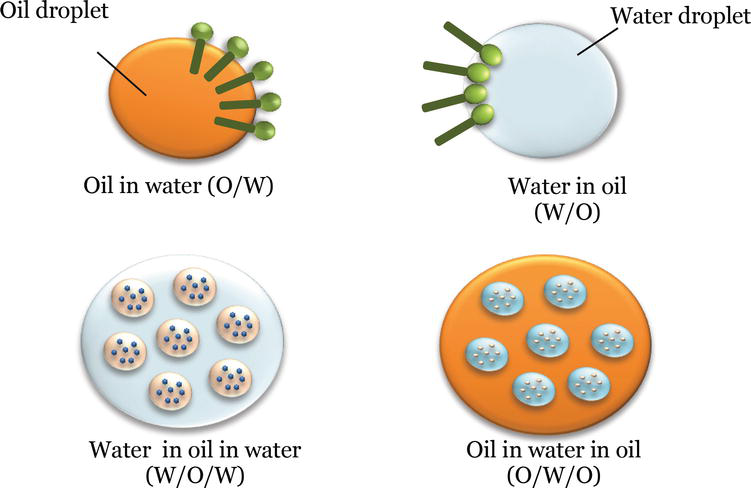
What are Hydrogen Or Hydrophobic Bonding?
Plant proteins are the main sources of dietary protein for humans, especially for vegetarians. Because foodstuffs contain a range of components with varying qualities, interactions between these components are bound to occur, impacting food quality. The interplay between plant proteins/enzymes from fruits and vegetables, cereals, and legumes, as well as other molecules, plays a significant role in food quality, and has recently piqued scientific attention. Such interactions not only affect the appearances of fruits and vegetables and the functionality of cereal products but also the nutritive properties of plant foods.These interactions are mostly caused by non-covalent forces like as hydrogen bonds, hydrophobic contacts, electrostatic interactions, and van der Waals forces.

Source: IntechOpen.com
Hydrophobic molecules and surfaces repel water. Oil and other hydrophobic liquids will separate from water. The atoms that make up a hydrophobic molecule are usually nonpolar, which means they don’t form a static electric field. In polar molecules these opposite regions of electrical energy attract to water molecules. Water cannot form hydrogen bonds with molecules unless the electrical charges on the molecules are opposing. The nonpolar molecules clump together as the water molecules make more hydrogen bonds with one other.
Nonpolar molecules clump together, causing the hydrophobic effect. Large macromolecules can have hydrophobic portions that fold the molecule to keep it close to one other while keeping it away from water. Many amino acids in proteins are hydrophobic, which aids in the formation of the proteins’ complex structures. The hydrophobic effect also affects organisms, as various hydrophobic compounds on their surfaces aid in the regulation of water and nutrients in their systems.





